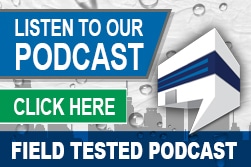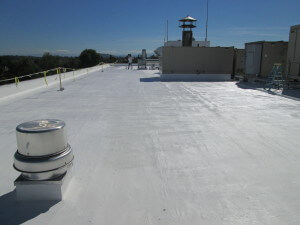There is more to a building’s roof than just protecting the contents underneath. It can be part of your client’s portfolio. More than just the repair, replacement or maintenance of the building’s components (windows, doors and paint), the roof could be the single most expensive portion of their building’s maintainable structure. Thinking of their roof as an asset can have its benefits.
Maintenance Expense, Depreciation or Rebates, your client’s next roof can be a plus at tax time. First the question, why is your client roofing his building? Is his roof not performing, is it an upgrade or building improvement? Part of our job as a consultant or contractor is to let them know the options a new roof system can bring. Of course, tax accounting is probably not one of the many hats we wear but it can be a great selling point to mention to a client the tax-saving possibilities they can look into.
We will use a SureCoat Systems’ roof as an example. When you want to extend the life of your roof or when you restore an existing roof, you can treat the cost as a maintenance expense (reducing your tax liability) in the year the work was performed rather than depreciate the cost. It can be considered a maintenance expense OR a capital improvement. If your roof is failing, a typical scenario is tearing-off the existing roof. This cost could be in the thousands to hundreds of thousands of dollars, which would typically be depreciated. With SureCoat, you can restore the failing roof without disturbing the substrate and this may qualify for either accounting method.
Of course, your client would have to consult with his tax experts first but it’s great to work with a product that makes good financial sense. With the SureCoat Roof System as an option, you can restore the roof to “better than new” condition while creating a smart tax benefit.
Please call us today to find out how we saved other clients thousands of dollars with their projects.




